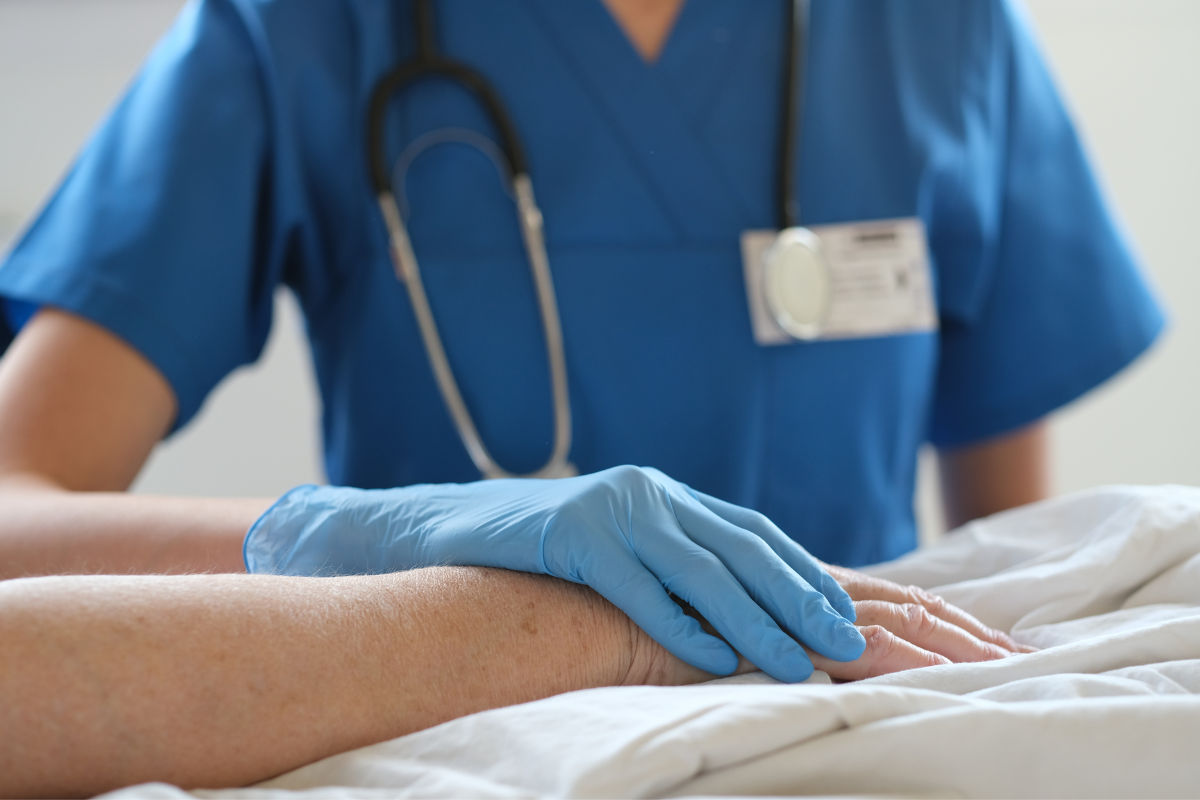7 Tips for nosebleed in the elderly
A nosebleed, also known as epistaxis, happens when the tissue that lines inside our nose loses blood and makes the nose bleed. A mixture of tiny blood vessels and dry air that lines our nose’s inner surface often makes the nose bleed. This can occur from one or both of the nostrils. Unfortunately, epistaxis is common after age 50 as blood clotting is slower in later life, particularly if we have hypertension (increased blood pressure), bleeding disorder, or atherosclerosis (deposition of cholesterol deposits in the blood vessels).
Moreover, the elders on blood thinner medications have an increased risk of nose bleeding. A check on INR (International Normalized Ratio) must be checked if the elder is on blood thinning medications. INR indicates how fast or slowly blood clots. Let’s discuss common causes and tips to treat and prevent nose bleeds in old age.
Causes of nosebleed
Common causes of old-age epistaxis include the following.
.
- Blood thinning medications such as NSAIDs, aspirin, or warfarin. An increased INR leads to a slow blood clot, which causes bleeding in elders.
- Infection such as sinusitis or cold.
- Nasal lining inflammation may be due to any allergy.
- Recurrent use of nasal sprays
Tips for nosebleed
Following are some recommendations for elders facing epistaxis.
- Home remedies
- Upright position:
Make them sit straight, lean forward, and keep their head above their heart. This aids in draining blood out of the nose instead of swallowing it accidentally through the throat and causes nausea, vomiting, or diarrhea by moving backward.
- Nose pressing :
Ask them to use the index finger and thumb to press their nose or pinch the soft part of the nose. Keep tweaking for 5 minutes until the bleeding stops completely. Avoid blowing the nose and hold the nose closed until the bleeding stops. Tell them to breathe from their mouths.
- Ice packs
Apply ice packs on their nose bridge to slender blood vessels to slow the bleeding and solace the elders. Avoid nose blowing or rubbing for a few days after the bleeding stops. Make the elders avoid bending down or lifting heavy things.
- Humidifier:
Steam and humidifiers can also be used to avoid bleeding from the nose by providing moisture and preventing dryness. Place a humidifier at night to humidify the room to avoid dryness.
- Over the counter prays
Provide the elders with a decongestant spray such as oxymetazoline to apply on the bleeding side of their nose and then put pressure on the bleeding side.
Apply a saline gel (Ayr) gently inside the nose twice a day, especially at night; Vaseline ( petroleum jelly) or Neosporin, an antibiotic ointment, can also be used to stop bleeding. Apply mostly on the septum of the middle part of the nose. Placing a cotton ball coated in Vaseline in the affected nostril overnight can be helpful for elders.
- Preventive measures
Avoid placing foreign objects into the nose, such as not putting any tissues or tampons in the nose from home, as it can worsen the bleeding. Avoid taking grapefruits or grapefruit juices with blood thinner medications as they alter the metabolism and cause bleeding.
- Foods to avoid
Do not take the following foods with blood thinning medications: Vitamin K-rich foods, Garlic, Ginger, Alcohol, Green tea, Fish oil supplement, and Cranberry items.
All these can interact with medications and cause bleeding, so avoid taking blood-thinning medications.
Take Home
A nosebleed, also called epistaxis, occurs due to the tissue that lines inside our nose losing blood and making the nose bleed. It is more common in elders above 50. Elders on blood thinner medication are at increased risk of epistaxis. Bleeding can be managed at home using ice packs, a pinching nose technique, petroleum gel, and over-the-counter saline spray. Do not use household tissues or tampons to stuff the nose; avoid lying down or bending. If the bleeding stops, avoid lifting heavy objects for a few days. And keep humidifiers in the rooms to prevent dryness.

